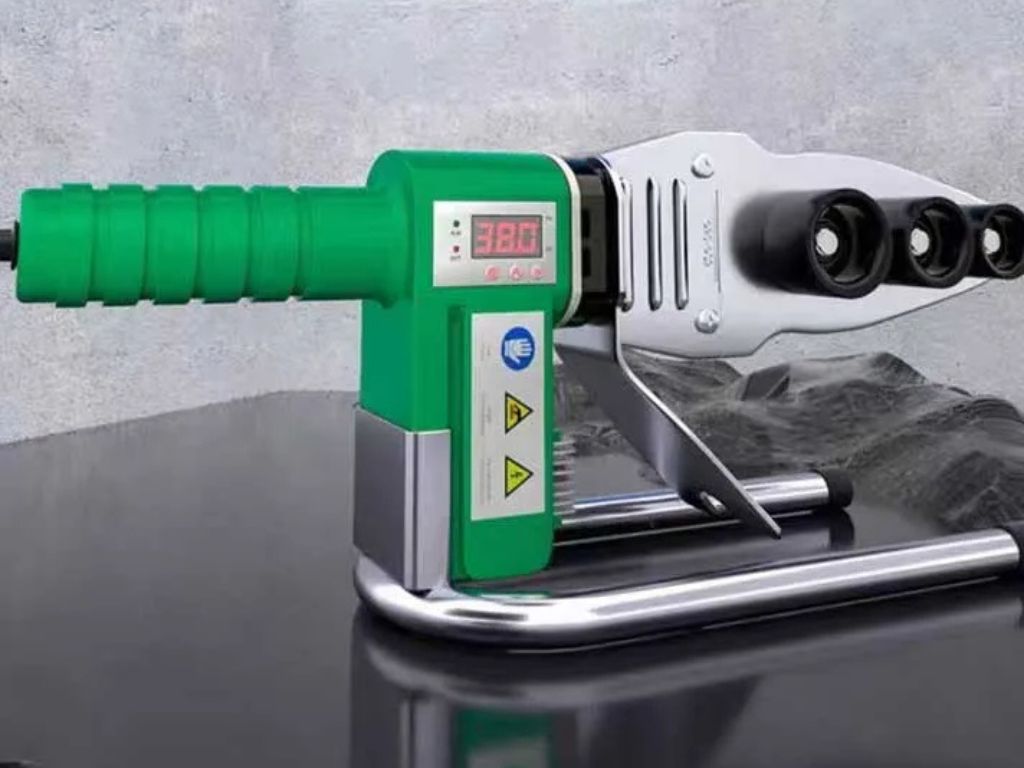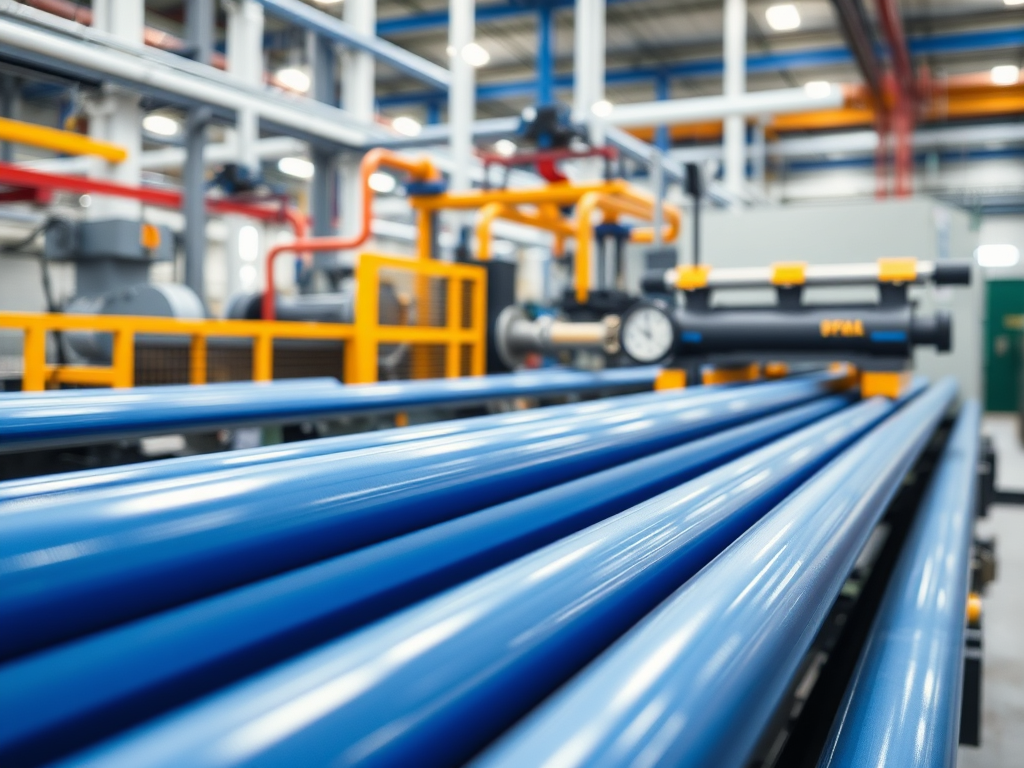In recent years, with the continuous improvement of home decoration standards, PPR pipe has gradually become the “star product” in the field of home decoration water pipes with its excellent performance and environmental protection advantages. Whether it is the renovation of new houses or the renovation of old houses, more and more owners and builders will use PPR pipes as the first choice of water pipe materials. So, what exactly is a PPR tube? Why does it stand out in the home improvement market?
What is a PPR tube?
The English full name of PPR pipe is **Polypropylene Random Copolymer** (three types of polypropylene), which is a plastic pipe made of random copolymer polypropylene as raw material. The production process seamlessly connects pipes and fittings through high-temperature hot melt technology to form a system with strong sealing. PPR pipe originally originated in Europe, after entering the Chinese market in the 1990s, it quickly replaced traditional galvanized steel pipe, PVC pipe, and other materials with its durability and safety.

Core advantages of PPR tubes
1. Safe and non-toxic, health and environmental protection
The raw material of PPR pipe is food-grade polypropylene, and harmful substances such as heavy metals are not added to the production process, which fully meets the national drinking water transportation standards. Even if it is used for a long time, it will not pollute the water quality due to rust or scale, especially for household hot and cold water pipes and direct drinking water systems.

2. High temperature and high-pressure resistance, long life
PPR tube can withstand 95℃ high temperatures, short-term temperature resistance up to 110℃, and excellent pressure resistance. Its molecular structure is stable, not easily corroded by chemical substances, and its normal service life can reach more than 50 years, far more than metal pipes.
3. Hot melt connection, prevent hidden water leakage
The traditional metal pipe is connected with thread or fastener, which is easy to leak due to thermal expansion and cold contraction. PPR pipe through the hot melt technology to achieve molecular fusion of pipe and pipe fittings, the interface is integrated, completely solving the problem of water leakage, greatly reducing later maintenance costs.

4. Light and easy to construct, cost-effective
PPR pipe weight is only 1/9 of the steel pipe, and it is easy to handle and install. The hot melt welding process is simple, ordinary workers can be trained to operate, and the construction efficiency is high. Although the price of a single meter is slightly higher than that of a PVC pipe, the economy of PPR pipe is significant in terms of service life and maintenance costs.
Market recognition continues to climb
According to the data of the Building Decoration Association, the current domestic home improvement water pipe market, PPR pipe share has exceeded 70%, becoming the absolute mainstream. The person in charge of a well-known building materials brand said: “PPR pipe not only has reliable performance, but its green environmental protection characteristics also meet the needs of modern consumers for healthy homes.” Especially in the renovation of old residential areas, the cases of PPR pipes replacing cast iron pipes are increasing year by year.”
Future trend: Standardization and intelligence
With the improvement of industry standards, PPR tubes continue to upgrade in antimicrobial, antifreeze, and other subdivision functions. Some enterprises have also launched intelligent leak-proof monitoring systems to ensure the safety of household water further. Experts predict that driven by the demand for green buildings and whole-house water purification, the application scenarios of PPR tubes will expand from home improvement to commercial and industrial fields.

From “hidden engineering” to “quality responsibility”, PPR pipes enable home security with technology, redefining the standard of modern plumbing. For consumers, choosing a high-quality PPR tube is not only responsible for the quality of decoration but also a long-term investment in the health of the family.
